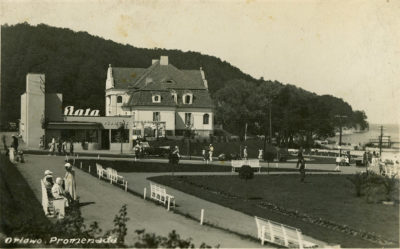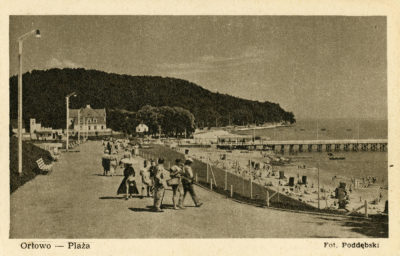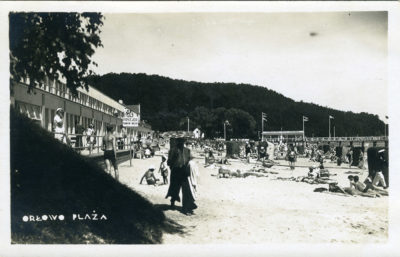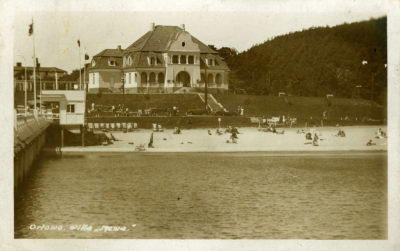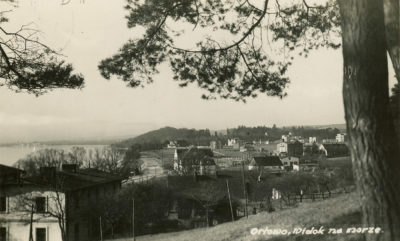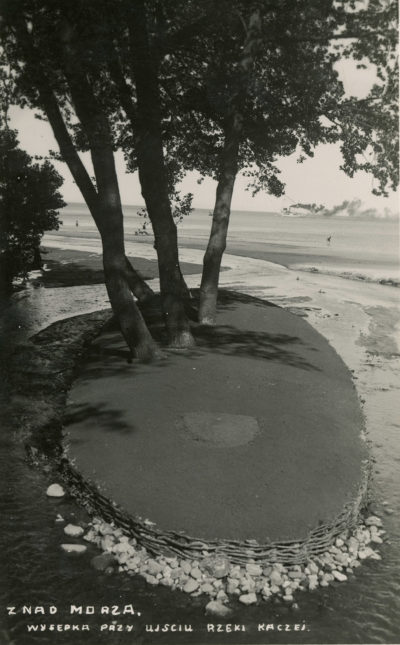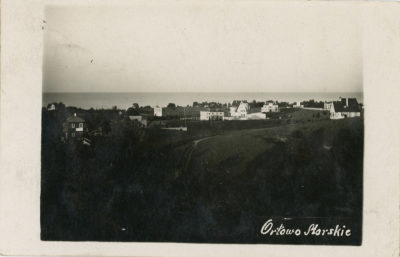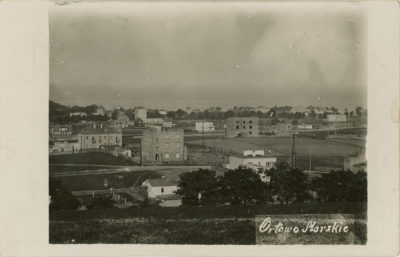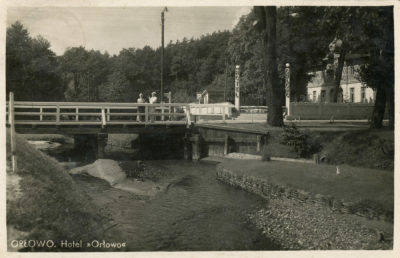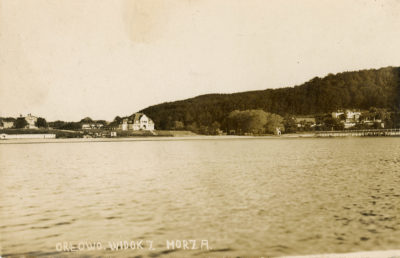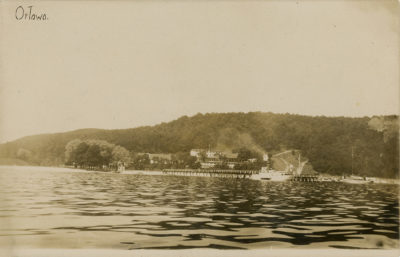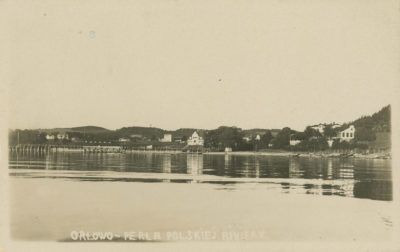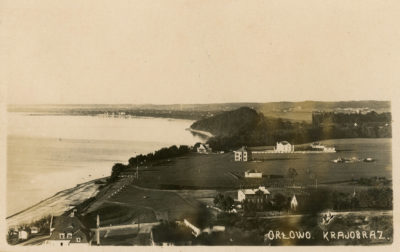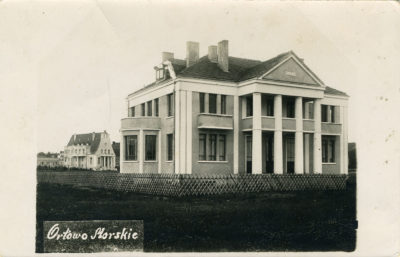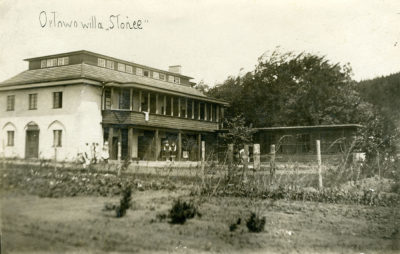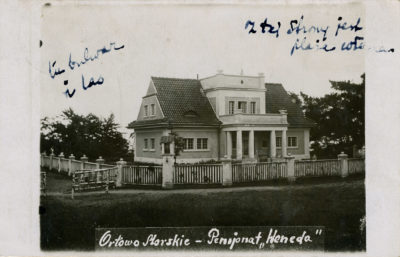Orlowo and Kolibki in Postcards until 1939 (78 objects)
Kolibki is the name of a former estate situated between the Swelina and Kacza streams. For centuries, it belonged to knightly (Ściborowicz), aristocratic (Wejher, Sobieski) and patrician (Cyrenberg) families from Gdańsk.
Orłowo was built on the lands which belonged to Kolibki, Redłowo and Mały Kack, near the place where the Kacza river flows into the sea. In 1829, a sailor named Jan Adler (Adler means eagle in German) bought land near the mouth of Kacza River and built an inn (which today is the seat of the State Secondary School of Fine Arts). The name of the settlement that was created there (used until 1857) came from the innkeeper?s last name. Initially, the centre of the settlement formed near the mouth of Kacza. An old fishing harbour was located there for centuries. Near the end of the 19th century, a small bathing beach started developing there. In 1931, Orłowo became an independent commune, which was called Orłowo Morskie. Kolibki was also a part of it. In 1935, Orłowo became a district of Gdynia.
In the Gdynia City Museum?s collection, there are about 160 postcards from the period before 1939, which presented Kolibki and Orłowo.
50 postcards which constitute 1/3 of the collection are from before 1920. The oldest one was sent in 1899. The oldest postcards mainly present the coastal area, near Kacza?s mouth where it flows into the sea. You can see the Orłowo cliff there, Kurhaus (Spa House), Adler?s hotel, the first wooden pier, the fishing harbour with boats, the seaside promenade and the palace in Kolibki.
Most of the postcards ? over 100 ? were made in the interwar period. They present the same subjects as the pre-1920 postcards. There are the images presenting the tourist functions of Orłowo and Kolibki. Single objects were photographed, for example boarding houses: ?Słońce?, ?Weneda?, ?Iwieniec? or ?Mewa? as well as the Żegluga Polska pier constructed in 1934. As the time passes, we can see more and more of people in the postcards of the beach.







